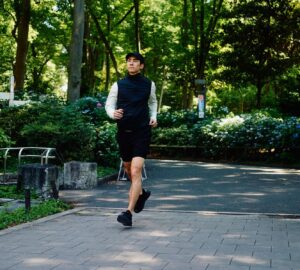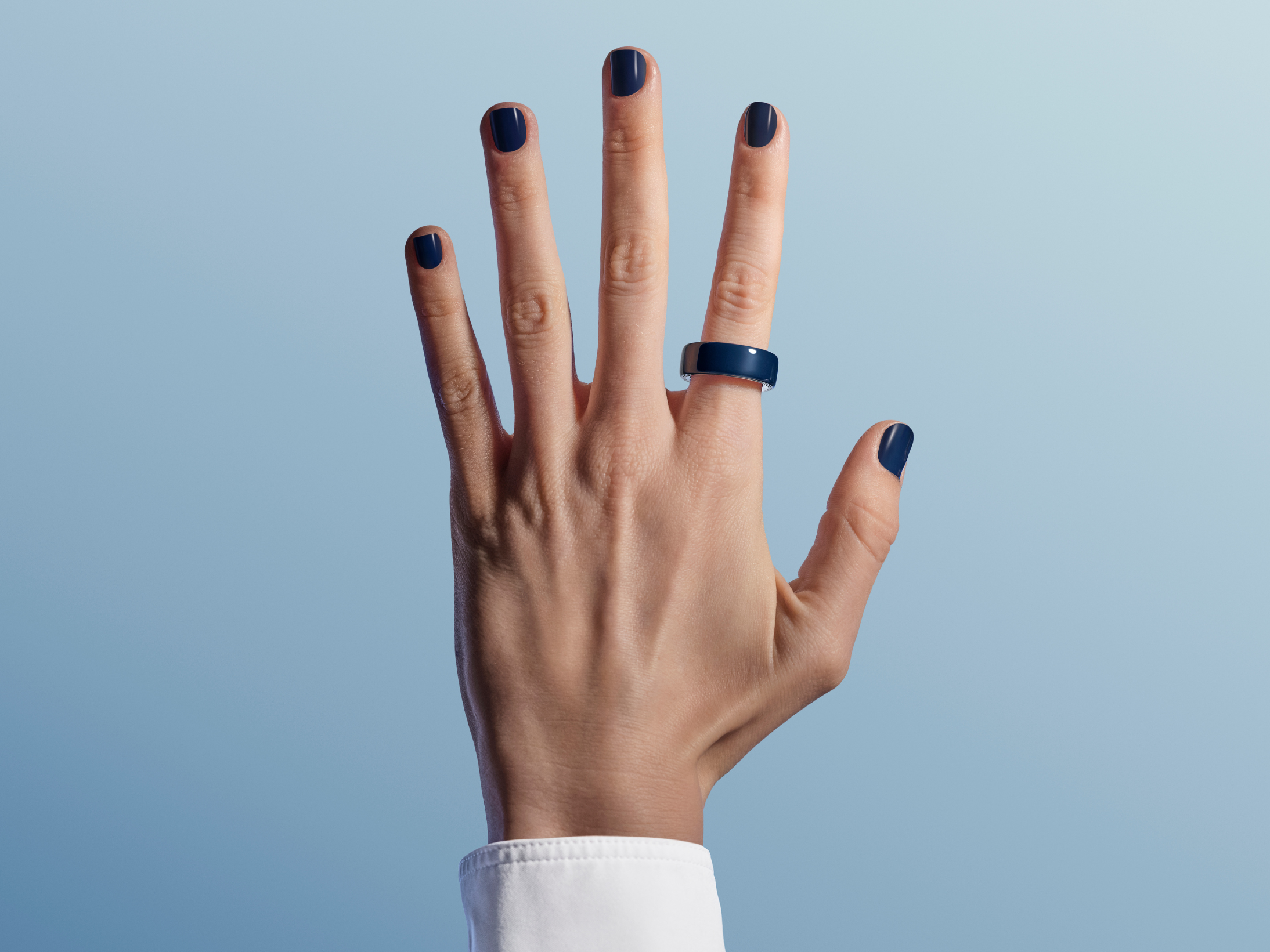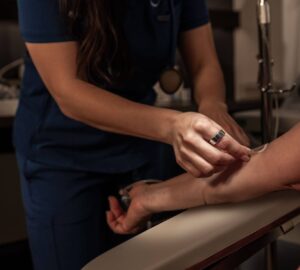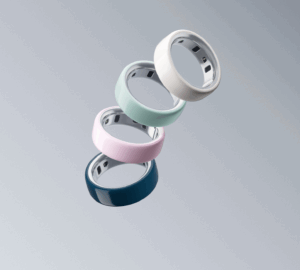More than ever, people are taking control of their health by using wearables like Oura to listen to the body signals they aren’t consciously aware of. Instead of relying on how we interpret what our body is doing, we can now leverage data to objectively see the effects of our lifestyles.
Maybe you are curious about whether your evening meditation is helping you recover faster, or if your afternoon coffee is disrupting your sleep. You won’t ever truly know how these things are affecting you unless you intentionally monitor the data.
Oura measures certain biosignals like heart rate variability (HRV), body temperature, and sleep quality so that you can analyze how certain lifestyle variables are affecting you.
The best way to get the most helpful data is to conduct a personal experiment – and it’s now easier than ever with Oura Experiments.
| Member Tip: With Oura’s new Experiments feature, members can test and learn more about how certain habits and behaviors affect their sleep and recovery. When you complete an experiment, you’ll receive an Experiment Report with the results of how your scores or contributors were affected. |
The Benefit of Self-Experimentation
Many scientists and biohackers self-experiment. It involves testing an intervention on yourself to assess how your body responds. It’s your own n=1 research trial. When done in relation to your health, it can give you insights into what your body needs, so you can learn how it functions optimally.
This can make you feel empowered and in control of your health, which is part of the Oura mission.
Take the Guess out of “Guesswork”
While you can turn to scientific papers for direction, each individual is unique and may respond differently to certain lifestyle habits. This is because of the variability of our genetic makeup, environmental factors, and individual biology – what worked for someone else, might not necessarily work for you.
Without any data on how your body is responding, you’re guessing based on how you feel. While this can be a good indication, it’s not the full picture. The best way to discover what works for your body is to create your own experiment and track how your body responds, using Oura.
READ MORE: Oura Data Shows How Members’ Chronotypes Vary By Age, Gender, and Country
How to Track Your Lifestyle Habits with Oura
On the Oura App, you will find the Tags feature. This feature allows you to track how certain factors affect your Sleep, Readiness, and Activity Scores.
The Oura App offers over 100 searchable tags, including ones for alcohol, caffeine, fasting, headache, late meal, meditation, melatonin, nap, period, sauna, sick, stress, and travel, among many others. If you have an idea for a new tag, please fill out our tag request form here, and we will consider it for future releases.
While this feature can help you remember what habits and choices you made on a particular day, you are the one responsible for interpreting the way your body responds. This is why it’s helpful to conduct your own experiment, to reduce the amount of confounding variables that may affect how you feel.
Confounding variables are extraneous variables related to the independent variable (the variable being manipulated) and the dependent variable (the outcome being measured). When there are too many confounding variables, it can be difficult to determine the true causal relationship between the independent and dependent variables.
For example, if you wanted to monitor how your caffeine consumption affects your sleep, you’ll want to keep everything else in your daily routine relatively stable. You won’t want to start taking melatonin at the same time, as this can skew the results. Your sleep may improve due to the melatonin, counteracting your ability to assess how your body responded to caffeine.
Getting Started
Here’s an example of how to conduct a personal experiment on whether caffeine affects your sleep.
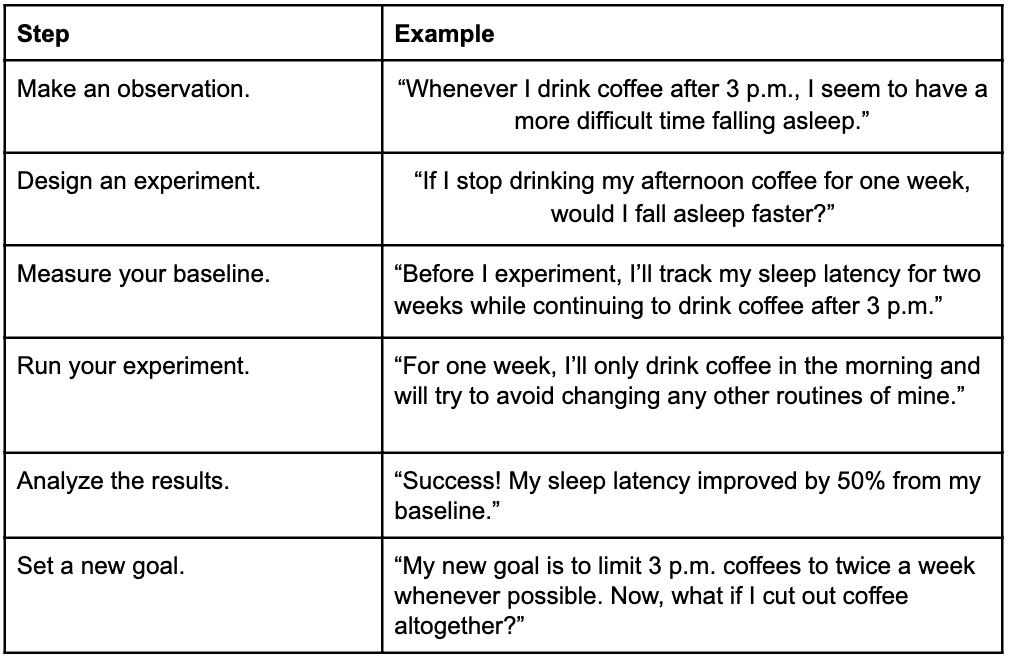
No matter what you are interested in measuring, someone out there has probably already done research on the subject. Spending some time researching what has already been done might give you some inspiration and insight into the process, and how your body may respond. You could use this to create a hypothesis.
A hypothesis is a prediction about the expected effect of the intervention on the outcome variable. Following on from the example above, your hypothesis could be that drinking coffee in the morning improves your sleep latency. You can keep this hypothesis in mind when creating your experiment.
At the end of the experiment, your hypothesis will either be supported or rejected, based on how your body responds. You might be surprised to see how your initial hypothesis changes!
Tips for Conducting a Self-Experiment
- Experiment length: How long you try your new habit will depend on what you are measuring. If your habit changes your body overnight (e.g., caffeine) you may be able to run a shorter experiment than if it takes a longer time to adapt (e.g., learning to meditate). Opt for at least a week to give yourself sufficient data. The longer the experiment length, the more reliable the insights. This is particularly true for women, who may experience greater variability in their bodies due to hormonal fluctuations throughout their menstrual cycle.
READ MORE: How Your Menstrual Cycle Impacts Your Entire Body
- Subjective data: You can always incorporate subjective data into your experiment as well. Subjective data might include self-reported symptoms, mood, energy levels, and other subjective experiences. This might involve noting down how refreshed and alert you felt the next day, or whether you felt your usual midday energy slump. Comparing your objective and conscious experiences can provide additional insights.
- How to interpret the results: Once the experiment is complete, you can check to see how your key biosignals were affected by the intervention. You can do this by putting your app in “Trend” view. For example, after quitting afternoon caffeine, you may notice a decrease in sleep latency. Based on the independent variable, you may be focusing in on different biosignals. This is an important step in conducting your own research to create your own hypothesis!
Test Out Your Theory with Oura and Oura Experiments
If you have a theory, test it out with Oura. Rather than take population averages at face value, Oura gets to know your personal baseline which means the insights are tailored to you.
Everyone has a unique physiology – self-experimentation can put you in the driver’s seat of your health.
Experiments is a new Oura feature that can help you experiment with your habits so you can discover how they impact your body. Each experiment lasts for a limited time period (ex: 14 days) and focuses on one daily habit. When you complete an experiment, you’ll receive an Experiment Report with the results of how your scores or contributors were affected.
If you need inspiration starting your own experiment, consider playing around with these habits:
- Eliminating blue light one hour before bed
- Meditating
- Giving up afternoon caffeine
- Eating your meals before dark
- An evening walk
READ MORE: What Makes the Oura Ring Different?
Have You Used Your Oura Ring For Self-Experimentation?
Everyone’s story is unique, and we’d love to hear yours. Share your story here.






